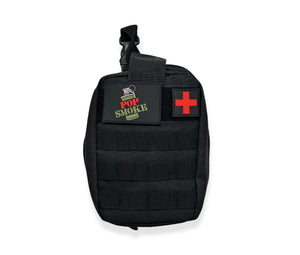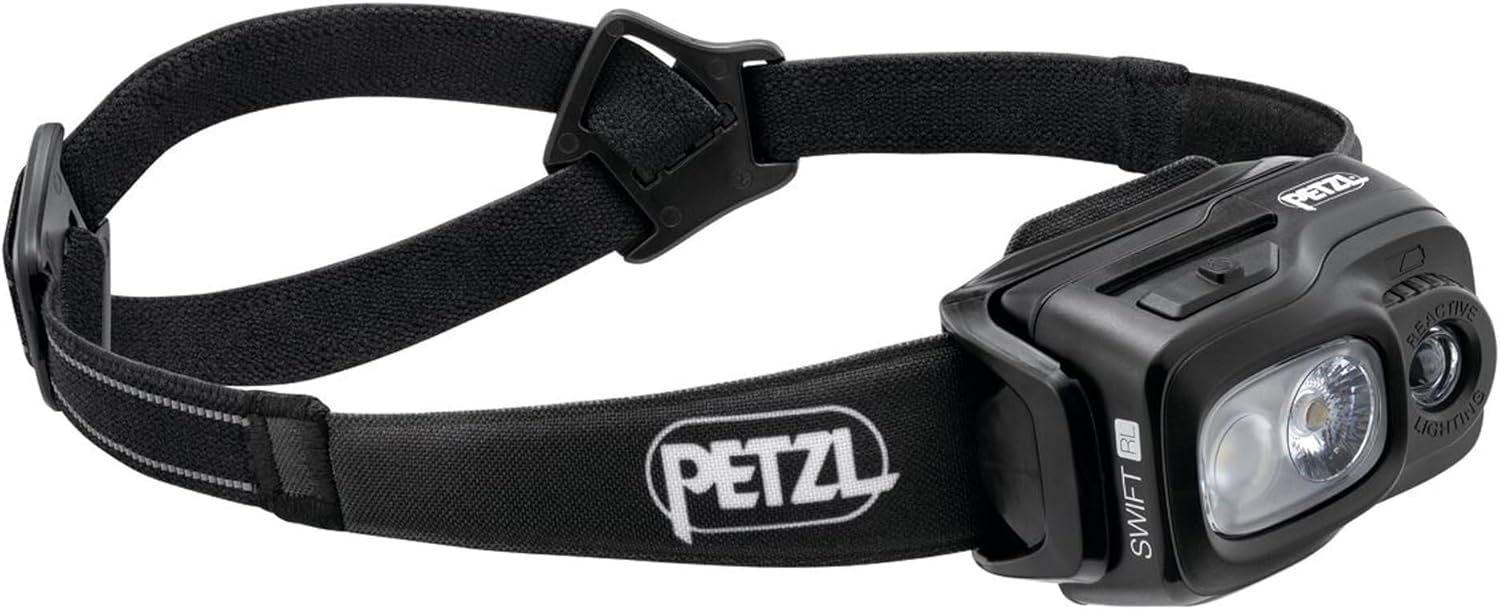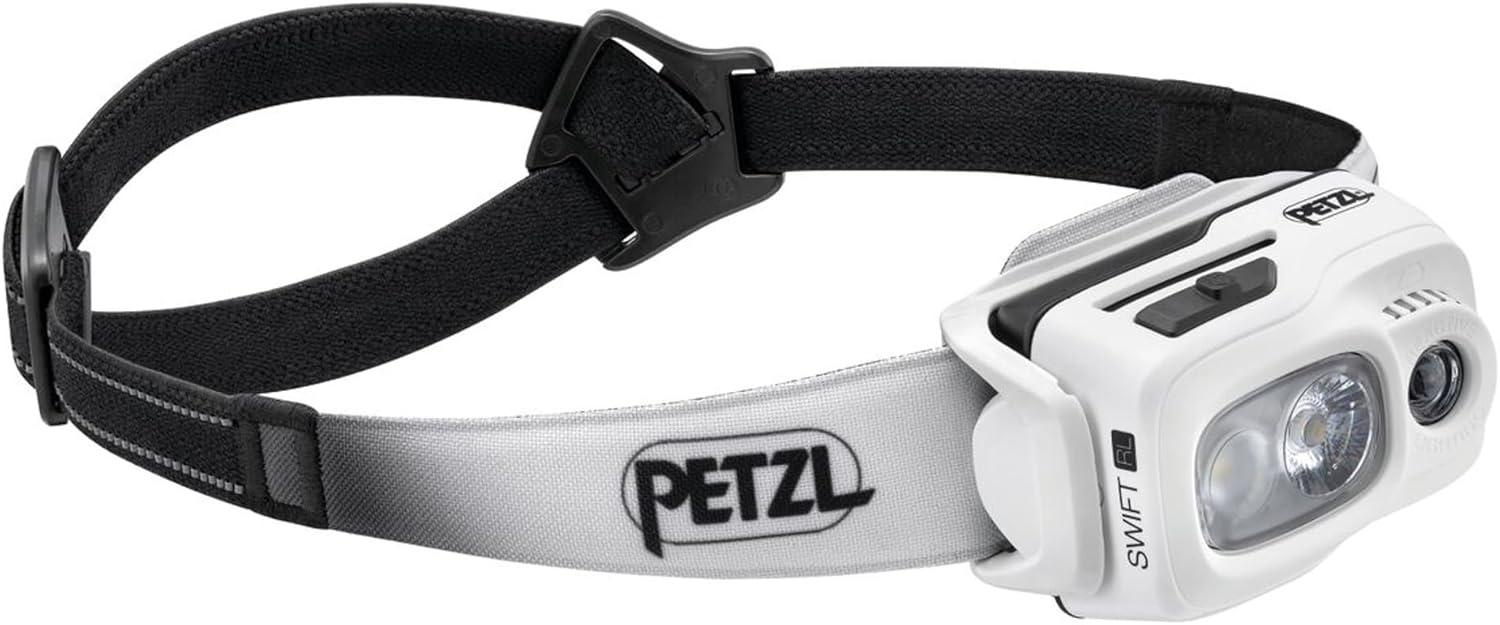NATO Pressed to Pivot Towards New Fleet Replacement Plan
A Defense Department white paper urges the U.S. and NATO to adopt a G550-based airborne warning fleet to address capability gaps as several allies move away from the delayed and costly E-7 Wedgetail program.

Kent Nishimura for The Washington Post via Getty Images
A white paper circulating within the U.S. Department of War calls on Defense Secretary Pete Hegseth and senior officials to adopt a broader aircraft system to replace aging fleets, strengthen NATO partners, and send a firmer deterrence signal to adversaries, Military.com has learned. The document, shared with the outlet by a source familiar with its contents, advocates for the U.S. to adopt a Gulfstream G550-based Conformal Airborne Early Warning (CAEW) platform already fielded by Israel and Italy, calling it “a combat-proven complementary solution.” The closest American equivalent is the EA-37B “Compass Call,” an Air Force electronic warfare aircraft based on the G550 airframe with a BAE Systems-developed sensor package. Military.com has reached out to the Pentagon for comment.
According to the document, the G550 model aligns with NATO’s 5% defense pledge and the 24-month Rapid Adoption Action Plan (RAAP), endorsed in June to accelerate the integration of new defense technologies among allies. It argues that NATO is entering a “decisive moment in airborne command and control,” requiring future architectures capable of broader, multidomain information integration to meet high-threat operational environments. The document is reportedly headed for Hegseth’s desk, though sources said he has not yet been briefed on it.
The push comes as multiple NATO countries announced Thursday that they will not move forward with the planned acquisition of six Boeing E-7 Wedgetail aircraft, intended to replace the aging Boeing E-3A AWACS fleet expected to remain in service until 2035. “Boeing remains fully committed to NATO and allied nations’ airborne early warning and control needs,” a company spokesperson told Military.com, emphasizing the E-7A’s combat-proven capabilities, interoperability and sustainment infrastructure. A Boeing official noted that in November 2023, the E-7A was selected as the only platform meeting or exceeding NATO’s airborne early warning and control requirements.
The white paper proposes a NATO-owned, European-led business jet fleet under the NATO Support and Procurement Agency (NSPA), jointly funded and operated to avoid current program bottlenecks. Such a fleet, it says, would benefit from a global supply chain able to procure and modify aircraft faster than existing programs, allow phased upgrades without redesigns, cut sustainment costs, and reduce the burden of future enhancements.
A comparative analysis in the document outlines operational and cost advantages. A G550 would operate with a 6–8-member crew at about $6,000 per hour for 8-10 hours, with higher survivability. An E-7 requires 12-14 crew members, costs roughly $20,000 per hour for 10-12 hours, and offers moderate survivability. The E-3 remains the costliest, requiring 16-20 crew at about $30,000 per hour for 8-10 hours with low survivability.
5.11 Tactical Duffel Bag Backpack for Travel, Waterproof, Large Rush LBD Lima 56L, Black, Style 56294ABR
The paper frames the proposal as an air solution that supports European autonomy. While acknowledging that baseline airframes and some mission systems derive from U.S. and Israeli programs, it argues that conversion, certification, sustainment, and mission software “can and should be conducted in Europe.” The approach would ensure political ownership, create workshare for European industry, and open opportunities for regional AI/ML and systems suppliers. A NATO-owned G550 fleet, it says, would show cost-conscious burden sharing and convert the 5% pledge into “tangible capability.”
The authors contend the G550 can close C2 gaps by improving survivability, agility, coverage, and cross-domain integration while preserving human capital to support future systems. While acknowledging that the E-7 will modernize NATO’s airborne battle management, the document warns of “several critical gaps” repeatedly cited by senior commanders, including vulnerabilities to surface-to-air missiles, long-range fires, and low-cost drones coverage limitations in the High North, Baltics, Central Europe, and the Black Sea and significant production timelines that extend into the 2030s, potentially leaving NATO without sufficient coverage as E-3s retire.
“NATO’s airborne battle management advantage is at a crossroads,” the document states. “Choosing the E-7 Wedgetail to succeed AWACS was a vital step it is not enough. A complementary, proven platform is required to close NATO’s gaps in AEW and related mission sets.” It argues that distributing such a fleet across Europe would enhance wartime resilience and expand peacetime training opportunities, strengthening readiness “now not a decade from now.”
The debate comes as NATO members seek other options. The Netherlands is among six nations “exploring alternatives for fleet replacement and seeking new partners,” according to its Ministry of Defense. In June, a senior U.S. military official announced the U.S. withdrawal from the AWACS replacement program, citing rising costs from $588 million to $724 million per E-7 and survivability concerns, while the U.S. pursues alternative solutions such as space-based systems and additional E-2D aircraft. The Dutch MoD said the U.S. withdrawal undermined the program’s strategic and financial foundation, halting the E-7
acquisition effort. “The goal remains to have other, quieter aircraft operational by 2035,” Dutch State Defense Secretary Gijs Tuinman said, adding that the U.S. departure underscores the importance of investing in European industry.
NATO Secretary General Mark Rutte on Thursday emphasized the urgency to “speed up” the search for replacement platforms as member states evaluate next steps.
Editor’s Note:
This article reports exclusively on a white paper circulating within the U.S. Department of War and the responses of NATO members regarding future airborne warning and control platforms. All information is presented exactly as contained in the source material without additions or interpretation.













